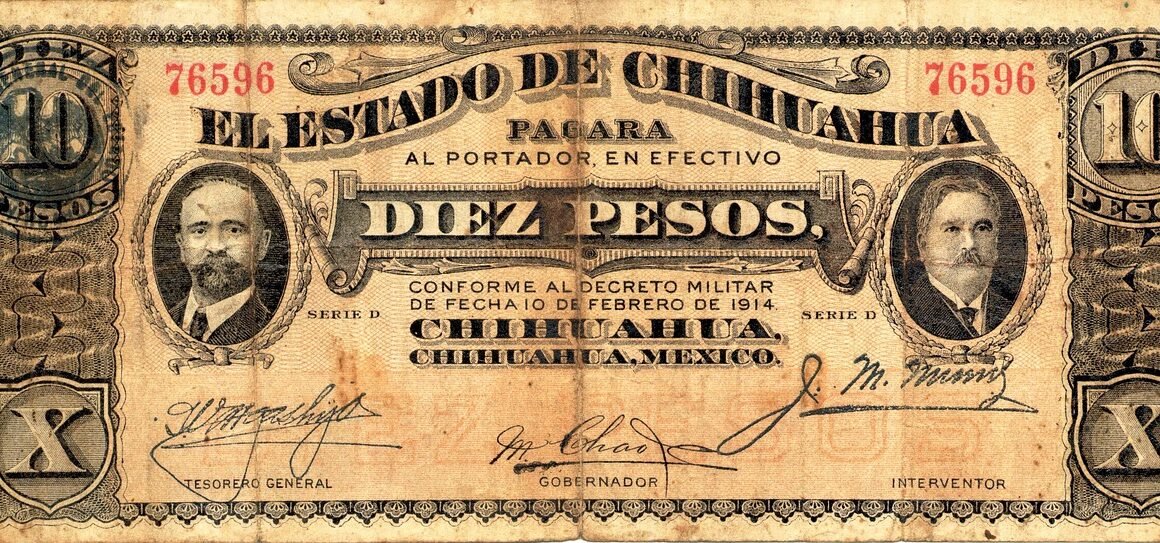Credit cards: those small rectangles of plastic hold significant power – the power to make purchases, build credit, and even earn rewards. But with that power comes responsibility. Understanding how credit cards work, the different types available, and how to manage them effectively is crucial for your financial well-being. This guide will provide a comprehensive overview of credit cards, helping you navigate the world of credit with confidence.
Understanding Credit Cards: The Basics
What is a Credit Card?
A credit card is a payment card issued to users (cardholders) to enable the cardholder to pay a merchant for goods and services based on the cardholder’s promise to pay them for the amounts plus the other agreed charges. The card issuer (usually a bank or credit union) creates a revolving account and grants a line of credit to the cardholder, from which the cardholder can borrow money for payment to a merchant or as a cash advance to the cardholder.
- Credit Limit: The maximum amount you can charge to the card. This is determined by the issuer based on your creditworthiness.
- Interest Rate (APR): The annual percentage rate you’re charged on balances you carry from month to month. This is a critical factor to consider when choosing a credit card.
- Minimum Payment: The smallest amount you must pay each month to keep your account in good standing. Only paying the minimum can lead to high interest charges and debt.
- Billing Cycle: The period between your statement dates.
- Grace Period: The time you have to pay your balance in full before interest charges accrue. Most cards offer a grace period if you pay your previous balance in full.
- Example: You have a credit card with a $5,000 credit limit and an APR of 18%. If you carry a $1,000 balance and only make the minimum payment, you’ll pay a significant amount in interest over time, and it will take much longer to pay off the balance.
How Credit Cards Work
When you use a credit card, you’re essentially borrowing money from the issuer. Each month, you receive a statement detailing your purchases, interest charges (if applicable), and the minimum payment due. You have the option to pay the full balance, a portion of the balance, or the minimum payment.
- Transactions: Purchases made with your card are recorded.
- Statements: A monthly summary of your account activity.
- Payments: Paying your balance by the due date avoids interest charges.
- Credit Utilization: The percentage of your available credit that you’re using. Keeping this low (ideally below 30%) is beneficial for your credit score.
- Actionable Takeaway: Always aim to pay your balance in full each month to avoid interest charges and maintain a healthy credit score.
Types of Credit Cards
Rewards Credit Cards
These cards offer rewards such as cash back, points, or miles for your spending. They are best for individuals who pay their balances in full each month to avoid interest charges.
- Cash Back Cards: Earn a percentage of your purchases back as cash.
Example: A card offering 2% cash back on all purchases.
- Points Cards: Earn points that can be redeemed for travel, merchandise, or gift cards.
Example: A card offering 5x points on travel and 2x points on dining.
- Travel Miles Cards: Earn miles that can be redeemed for flights, hotels, and other travel expenses.
Example: A card offering bonus miles after spending a certain amount within the first few months.
Balance Transfer Credit Cards
These cards offer a low or 0% introductory APR on balance transfers, allowing you to transfer high-interest debt from other credit cards and save on interest charges. They are a great tool for consolidating debt.
- Introductory APR Period: The period during which the low or 0% APR is in effect.
- Balance Transfer Fee: A fee charged for transferring balances. Typically a percentage of the balance transferred.
- Regular APR: The APR that applies after the introductory period ends.
- Example: You have a $3,000 balance on a credit card with an 18% APR. Transferring it to a balance transfer card with a 0% APR for 18 months can save you hundreds of dollars in interest.
Secured Credit Cards
These cards require a security deposit, which serves as collateral. They are designed for individuals with limited or poor credit history and are an excellent way to build or rebuild credit.
- Security Deposit: The amount of money you provide as collateral, often equal to your credit limit.
- Credit Building: Using the card responsibly helps improve your credit score.
- Unsecured Card Transition: Some issuers offer the option to transition to an unsecured card after a period of responsible use.
Store Credit Cards
These cards are issued by retailers and can only be used at their stores. While they may offer discounts and rewards, they often come with high interest rates. Carefully consider if the rewards outweigh the potential for high interest charges.
- Limited Use: Can only be used at the issuing retailer.
- Discounts and Rewards: Often offer exclusive discounts or rewards for purchases made at the store.
- High APRs: Tend to have higher APRs compared to general-purpose credit cards.
- Actionable Takeaway: Research different credit card types to find one that aligns with your spending habits and financial goals.
Managing Your Credit Card Responsibly
Paying Your Bills on Time
Paying your credit card bills on time is one of the most important factors in maintaining a good credit score. Late payments can negatively impact your credit and result in late fees.
- Payment Due Date: The date by which your payment must be received.
- Automatic Payments: Set up automatic payments to avoid missing due dates.
- Payment Reminders: Use reminders or calendar alerts to ensure timely payments.
Keeping Credit Utilization Low
Credit utilization is the percentage of your available credit that you’re using. Experts recommend keeping it below 30%. High credit utilization can negatively impact your credit score.
- Calculate Utilization: Divide your current balance by your credit limit.
- Strategies to Lower Utilization:
Pay down your balances more frequently.
Request a credit limit increase (without hard inquiry).
Open a new credit card to increase your overall available credit.
- Example: If you have a credit card with a $10,000 limit and a $4,000 balance, your credit utilization is 40%. Paying down $1,000 will reduce your utilization to 30%.
Avoiding Cash Advances
Cash advances are loans taken out against your credit card. They typically come with high interest rates and fees and often don’t have a grace period.
- High Interest Rates: Cash advances usually have higher APRs than purchases.
- Fees: Cash advance fees can be substantial.
- No Grace Period: Interest accrues from the moment you take out the cash advance.
Monitoring Your Credit Report Regularly
Check your credit report regularly for errors or signs of fraud. You are entitled to a free credit report from each of the three major credit bureaus (Equifax, Experian, and TransUnion) once per year.
- AnnualCreditReport.com: The official website to obtain your free credit reports.
- Dispute Errors: Report any errors or inaccuracies to the credit bureaus.
- Identity Theft Protection: Monitor your credit report for signs of identity theft.
- Actionable Takeaway: Establish good credit habits such as paying on time, keeping utilization low, and monitoring your credit report to maintain a healthy credit score.
Choosing the Right Credit Card
Assessing Your Needs and Spending Habits
Before applying for a credit card, consider your needs and spending habits. Do you want to earn rewards? Are you looking to transfer a balance? Do you need to build credit?
- Rewards Preference: Do you prefer cash back, points, or miles?
- Spending Categories: Which categories do you spend the most in (e.g., travel, dining, groceries)?
- Debt Management: Are you looking to transfer a balance from another card?
- Credit Building: Do you need to build or rebuild your credit?
Comparing Offers and Features
Compare credit card offers from different issuers, paying attention to APRs, fees, rewards programs, and other features.
- APR: Compare the APRs for purchases, balance transfers, and cash advances.
- Fees: Check for annual fees, late fees, and foreign transaction fees.
- Rewards Programs: Evaluate the rewards program to see if it aligns with your spending habits.
- Other Features: Consider features such as travel insurance, purchase protection, and concierge services.
- Example: If you spend a lot on travel, a travel rewards card with bonus miles on travel purchases and travel insurance benefits might be a good choice.
Reading the Fine Print
Before accepting a credit card offer, carefully read the terms and conditions to understand all the fees, APRs, and other important details.
- Cardholder Agreement: Review the cardholder agreement for all the details about the card’s terms and conditions.
- Fee Schedule: Check the fee schedule for all the fees associated with the card.
- Rewards Program Rules: Understand the rules and restrictions of the rewards program.
- Actionable Takeaway: Take the time to research and compare credit card offers to find one that best suits your individual needs and financial situation.
Conclusion
Credit cards can be a valuable financial tool when used responsibly. By understanding the basics of credit cards, choosing the right card for your needs, and managing your account effectively, you can build credit, earn rewards, and achieve your financial goals. Always remember to pay your bills on time, keep your credit utilization low, and monitor your credit report regularly to maintain a healthy financial future.



